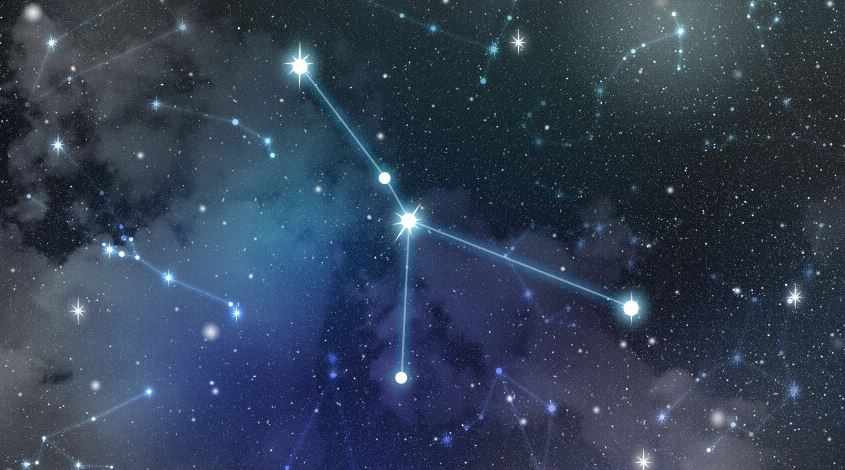The Cancer constellation is one of the twelve zodiac constellations visible in the Northern Hemisphere. Its history, mythology, and celestial objects have intrigued astronomers and skywatchers alike for centuries. In this blog post, we'll explore some of the most popular and interesting topics related to the astronomy of the Cancer constellation.
Cancer Constellation Facts
The Cancer constellation is one of the smallest and faintest zodiac constellations, with an area of only 506 square degrees. It is located between Gemini and Leo, and its brightest star is Beta Cancri, also known as Al Tarf. The constellation's name comes from the Latin word for "crab," and it is associated with the summer solstice in the Northern Hemisphere.

How to Find Cancer Constellation
The Cancer constellation can be found by looking for its brightest star, Beta Cancri, which is located near the border between Gemini and Cancer. It can also be found by looking for the Beehive Cluster, or M44, which is located in the center of the constellation. To find the Beehive Cluster, look for a small, fuzzy patch of light that resembles a miniature version of the Pleiades.

Cancer Constellation Mythology
In Greek mythology, the Cancer constellation is associated with the crab that Hera sent to distract Hercules during his battle with the Hydra. The crab latched onto Hercules' foot, but he kicked it into the sky, where it became the Cancer constellation. In Chinese mythology, the Cancer constellation is associated with the legend of the Cowherd and the Weaver Girl.

Cancer Constellation Stars
The Cancer constellation contains several notable stars, including Beta Cancri, Delta Cancri, and Zeta Cancri. Beta Cancri is a binary star system consisting of two stars that orbit each other, while Delta Cancri is a double star system with two yellow-white dwarf stars. Zeta Cancri is a triple star system with two main sequence stars and a white dwarf.

Cancer Constellation Clusters
The Cancer constellation is home to several interesting star clusters, including the Beehive Cluster, or M44, which is a group of about 1000 stars that are located about 500 light-years away from Earth. Another notable cluster in the constellation is NGC 2682, also known as the "Winter Beehive," which is a bright open cluster that is visible with binoculars.
Cancer Constellation Galaxies
The Cancer constellation contains several interesting galaxies, including NGC 2775, a spiral galaxy that is located about 67 million light-years away from Earth. NGC 2775 has a bright central region and long spiral arms that are dotted with bright blue star clusters. The constellation also contains a number of other galaxies, including NGC 2915 and NGC 2964.

Conclusion
The Cancer constellation may be small and faint, but it contains a wealth of interesting celestial objects that are worth exploring. From its stars and clusters to its galaxies and mythology, there is always something new to discover in this fascinating corner of the night sky. Whether you're a seasoned astronomer or just starting out, take some time to explore the beauty of the Cancer constellation and all it has to offer.
More Constellations:
- Orion Constellation
- Little Dipper Constellation
- Sagittarius Constellation
- Cassiopeia Constellation
- Gemini Constellation
- Lyra Constellation
- Aries Constellation
- Scorpius Constellation
- Aquarius Constellation
- Cygnus Constellation
- Virgo Constellation
- The Big Dipper Constellation
- Leo The Lion Constellation
- Taurus Constellation
- Pegasus Constellation
- Hercules Constellation
- Perseus Constellation
- Cepheus Constellation
- Pisces Constellation
- Andromeda Constellation
- Canis Major Constellation

